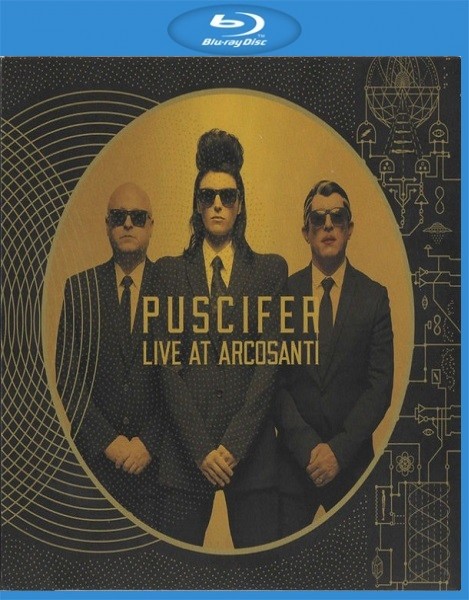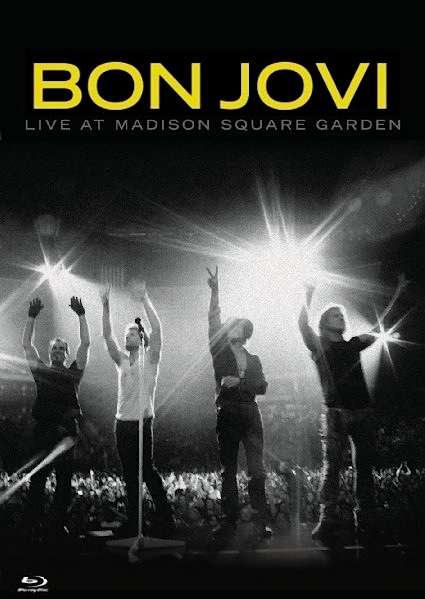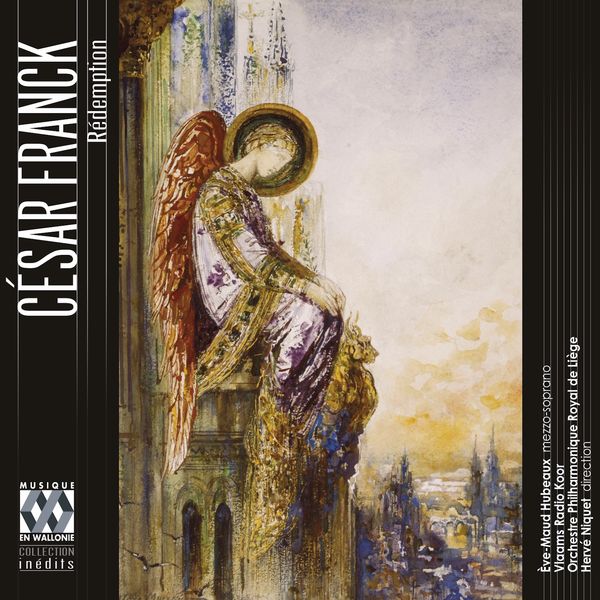
Orchestre Philharmonique Royal de Liège, Hungarian National Choir & Gergely Madaras – Franck: Les Béatitudes (2024)
FLAC (tracks) 24 bit/88,2 kHz | Time – 01:59:28 minutes | 1,97 GB | Genre: Classical
Studio Masters, Official Digital Download | Front Cover | © Fuga Libera
César Franck considered Les Béatitudes, for soloists, choir and orchestra, to be his greatest work. It was perhaps Johann Sebastian Bach’s St. Matthew Passion that prompted him to begin a work in 1869 that too would be dominated by the voice of Christ. Franck worked on Les Béatitudes for ten years and created an original and deeply personal renewal of the oratorio form in 19th-century France. This is no simple musical depiction of a subject taken from the Gospel: Franck, a firm believer in the precepts of the Beatitudes, was here inspired to write a bold and personal work, driven by the ideal of justice that its music unforgettable portrays.
Read more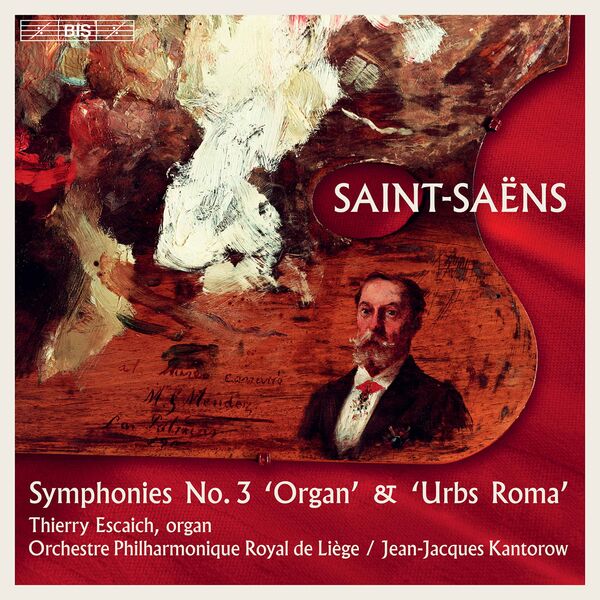
Thierry Escaich, Orchestre Philharmonique Royal de Liège & Jean Jacques Kantorow – Saint-Saëns: Symphonies, Vol. 2 (2021)
FLAC (tracks) 24 bit/96 kHz | Time – 01:14:24 minutes | 1,20 GB | Genre: Classical
Studio Masters, Official Digital Download | Front Cover | © BIS
The present album is the second of two recorded by the Orchestre Philharmonique Royal de Li`ege and Jean-Jacques Kantorow to commemorate the centenary of the death of Camille Saint-Sa”ens. On the first instalment the team offered us deeply impressive performances in stunning sound of the composer’s First and Second Symphonies and the unnumbered Symphony in A major, but now the time has come for Saint-Sa”ens’ crowning glory in the symphonic genre: his Symphony No. 3 in C minor, generally known as the “Organ Symphony”. The work was composed in 1886, and Saint-Sa”ens had planned to dedicate it to Liszt but the latter’s death the same year caused the dedication in the published score to be modified to “in memory of Franz Liszt”. It is written for a larger orchestra than his previous symphonies, with the unusual addition of a piano and an organ – the two instruments that Liszt (and Saint-Sa”ens himself) favoured. Without being a virtuoso vehicle, the organ part is central to the work – especially in the grandiose ending – and it is here performed by the renowned organist Thierry Escaich, playing the great organ of Li`ege’s Salle Philharmonique.
Read more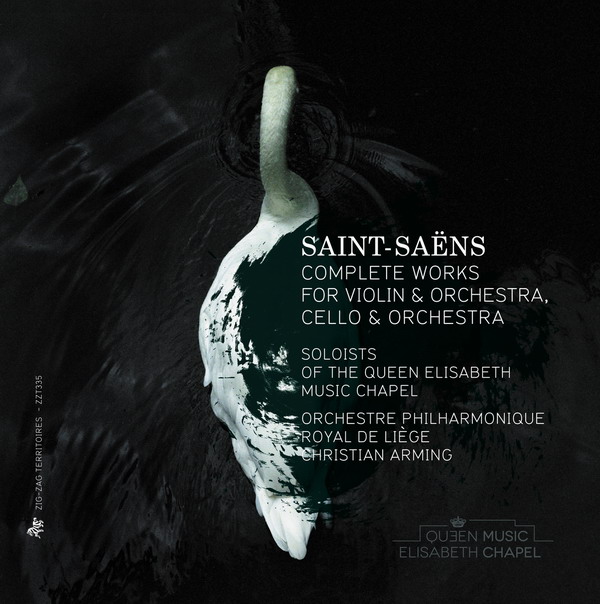
Orchestre Philharmonique Royal de Liège, Soloists of the Queen Elisabeth Music Chapel – Saint-Saëns: Complete Works for Violin and Orchestra & Cello and Orchestra (2013)
FLAC (tracks) 24 bit/44,1 kHz | Time – 03:52:55 minutes | 2,19 GB | Genre: Classical
Studio Masters, Official Digital Download | Front Cover | © Zig-Zag Territoires | Outhere Music France
This ambitious project consists of a recording of the complete music for violin and orchestra and cello and orchestra by Camille Saint-Saëns. No major composer of the last two centuries, in any land, has matched Saint-Saëns’s devotion to the concertante form. This recording project, presenting his complete works for violin and orchestra and for cello and orchestra, provides a rare (indeed a unique!) opportunity to perceive the gradual development of Saint-Saëns’s style.
Read more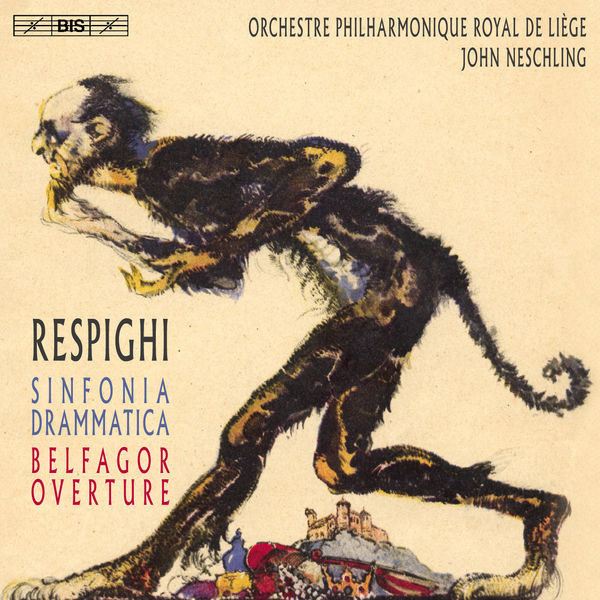
Orchestre Philharmonique Royal de Liège, John Neschling – Respighi: Sinfonia drammatica, Belfagor ouverture (2016)
FLAC (tracks) 24 bit/96 kHz | Time – 01:10:03 minutes | 1,19 GB | Genre: Classical
Studio Masters, Official Digital Download | Front Cover | © BIS
Ottorino Respighi is primarily associated with his Roman trilogy, composed between 1916 and 1928 and celebrating the eternal city and its fountains, pines and festivals. Respighi was however a highly prolific composer – in most genres – and all of his orchestral works, composed both before and after the trilogy, display the qualities that have made the Pines and Fountains of Rome core repertoire in concert halls around the world. After recording the Roman trilogy with the São Paulo Symphony Orchestra, John Neschling has continued to explore Respighi’s lavish orchestral scores with the Belgian Orchestre Philharmonique Royal de Liège, on discs released to international acclaim: Neschling has been described as ‘one of the finest advocates this composer has ever had, delivering all the fireworks and the depth too’ (MusicWeb-International.com), and his musicians have been praised for displaying ‘orchestral refinement on the highest level’ (Klassik-Heute.de). On the team’s third disc, the turn has come to Respighi’s Sinfonia drammatica – a score of epic proportions (58 minutes plus in the present performance) for a correspondingly large-scale orchestra. Both these factors may explain in part why it is rarely performed and recorded, but the work also has a dark-hued, intense – and, indeed, dramatic – character which will surprise those only familiar with Respighi’s more extrovert scores. Closing the disc is the better-known Belfagor Overture, a work from 1924 in which Respighi rescued material from an opera with the same title which had been less than warmly received at its première in 1923. Described as a ‘lyric comedy’, the opera tells the story of how a devil – Belfagor himself – comes to earth to learn more about love between humans, and the orchestral overture highlights the two main characters, Belfagor and Candida, ‘the girl, pure, loving and faithful’.
Read more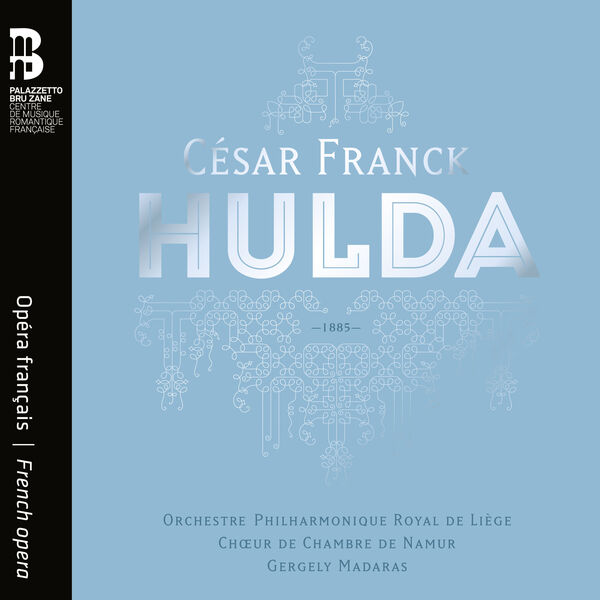
Orchestre Philharmonique Royal de Liège, Chœur de Chambre de Namur & Gergely Madaras – César Franck: Hulda (2023)
FLAC (tracks) 24 bit/96 kHz | Time – 02:38:06 minutes | 2,91 GB | Genre: Classical, Opera
Studio Masters, Official Digital Download | Front Cover | © Bru Zane
The injustices of history are made to be redressed. Here a cast of international singers, under the dynamic direction of Gergely Madaras, devotes itself with conviction to the task of reviving one of the forgotten glories of French Romantic opera. Hulda, completed in 1885, was never staged in César Franck’s lifetime. This gory medieval legend recounts the multiple acts of vengeance its heroine inflicts on the Aslak clan, which slaughtered her family, and on her unfaithful lover Eiolf. The ferocious performance of American soprano Jennifer Holloway in the title role is matched by the sinister presentiments of her French colleague Véronique Gens and the tender outbursts of Dutch soprano Judith van Wanroij. Although the imaginary Norwegian setting brings Wagner to mind, Franck continues the tradition of French grand-opéra while adopting the contemporary Verdian idiom. The intensity of the action is reflected in harmonic and instrumental experiments that place Franck in the forefront of the modernists of his time. The inventiveness of the ballet is matched only by the splendour of the choral writing. How could such a masterpiece have languished in oblivion for so long? Quite simply, because it was deliberately buried by Franck’s pupils, who preferred to keep for themselves the glory of personifying the French operatic revival.
Read more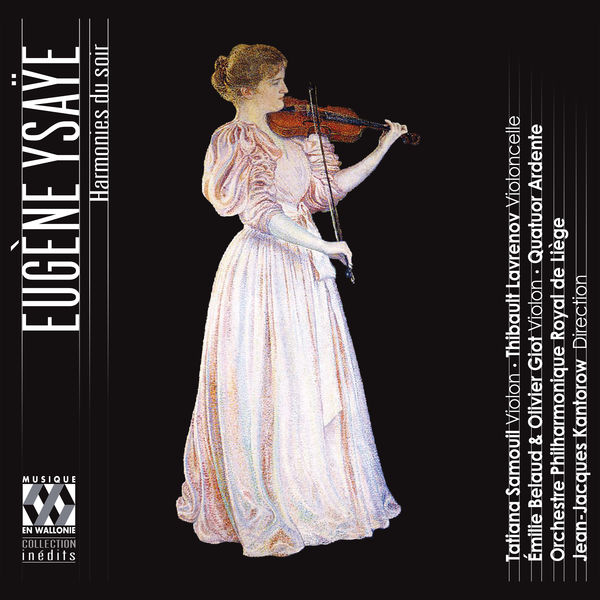
Orchestre Philharmonique Royal de Liège, Jean-Jacques Kantorow – Ysaÿe: Harmonies du soir (2014)
FLAC (tracks) 24 bit/88,2 kHz | Time – 01:13:58 minutes | 1,26 GB | Genre: Classical
Studio Masters, Official Digital Download | Front Cover | © Musique en Wallonie
Over time, the memory of Eugène Ysaÿe (Liège, 1858‑ Brussels, 1931) the brilliant virtuoso gradually supplanted that of Ysaÿe the composer in the public consciousness. It should be reminded that Eugène Ysaÿe created in his poems for string instruments a totally new and original genre, distinguishing himself by a competence in writing and a harmonic richness that were far removed from the purely virtuosic merits of his early compositions.
Read more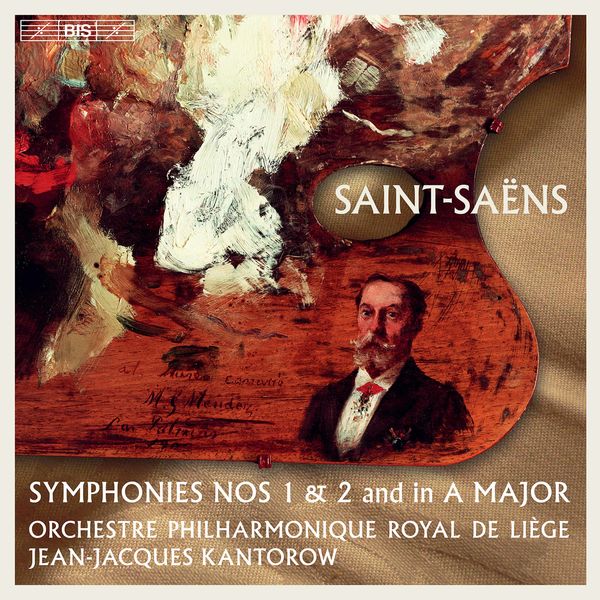
Orchestre Philharmonique Royal de Liège & Jean-Jacques Kantorow – Saint-Saëns: Symphonies (2021)
FLAC (tracks) 24 bit/96 kHz | Time – 01:15:24 minutes | 1,25 GB | Genre: Classical
Studio Masters, Official Digital Download | Front Cover | © BIS
Prodigiously gifted, Camille Saint-Saëns entered the Paris Conservatoire in 1848, at the age of 13. There he discovered the symphonies of the great German and Austrian composers and soon began to try his own hand at the genre. The Symphony in A major stems from this period and although it was most likely never performed in his lifetime it demonstrates his exceptional talent to the full. Only a couple of years later, in 1853, Saint-Saëns submitted his second attempt at writing a symphony to one of the capital’s concert societies. Praised by Berlioz and Gounod, the Symphony No. 1 in E flat major was accepted for performance and published shortly afterwards as the composer’s opus 2. Classical in form, it is an example of Saint-Saëns’ typical clarity, with the lyricism that would later become a hallmark of his music coming to the fore in the two central movements. By the late 1850s, despite his youth, Saint-Saëns was already well-established: in addition to his activity as a virtuoso pianist, he had been named organist of La Madeleine in Paris. He composed his Symphony No. 2 in A minor quickly: from July to September 1859. The orchestration is transparent, and the first movement unusually features a fugue for three voices. Concise and constantly inventive, the work moves away from the Viennese models Saint-Saëns admired so much, with a finale reminiscent of the tarantella in Mendelssohn’s ‘Italian’ Symphony. The present disc is the first of two dedicated to the symphonies of Saint-Saëns and recorded by the Orchestre Philharmonique Royal de Liège and Jean-Jacques Kantorow to commemorate the centenary of the composer’s death.
Read more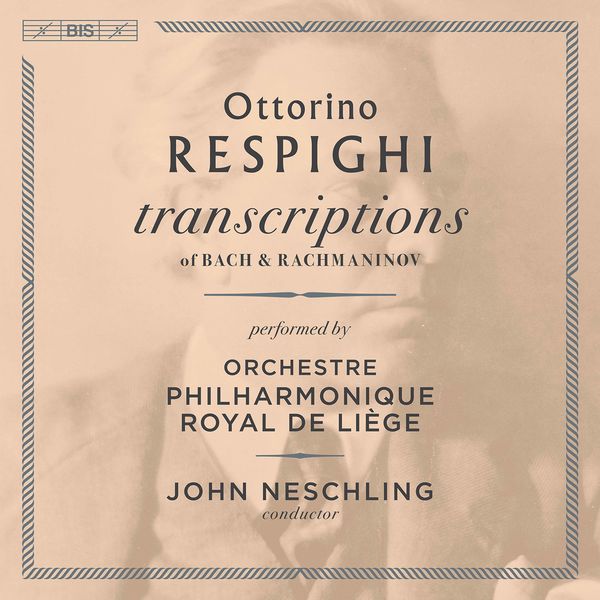
Orchestre Philharmonique Royal de Liège, John Neschling – Respighi: Transcriptions of Bach & Rachmaninoff (2021)
FLAC (tracks) 24 bit/96 kHz | Time – 58:52 minutes | 936 MB | Genre: Classical
Studio Masters, Official Digital Download | Front Cover | © BIS
The success of Ottorino Respighi’s Roman Trilogy brought the composer international fame as an outstanding orchestrator. One side effect of this are the orchestral transcriptions gathered on this album: all made in 1929-30 and commissioned by eminent conductors such as Arturo Toscanini and Serge Koussevitzky for their American orchestras. Respighi’s wide-ranging musical tastes included an interest in early music which probably contributed to him taking on the task of transcribing organ works by Bach – or creating ‘orchestral interpretations’, as he himself called the results.
Read more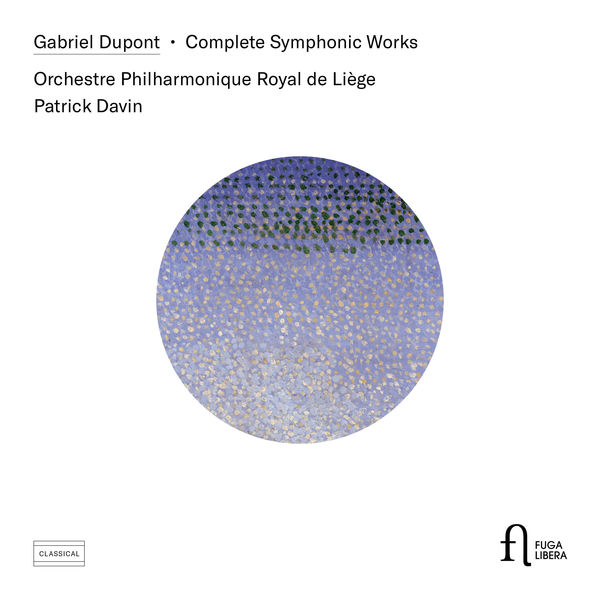
Orchestre Philharmonique Royal de Liège, Patrick Davin – Dupont: Complete Symphonic Works (2019)
FLAC (tracks) 24 bit/88,2 kHz | Time – 57:56 minutes | 1014 MB | Genre: Classical
Studio Masters, Official Digital Download | Front Cover | © Fuga Libera
Greatly admired by his contemporaries, Gabriel Dupont (1878-1914) studied with Massenet, then became a disciple of Vierne and Widor; he is one of those composers whose too-brief career prevented them from taking their merited place in the history of music. Despite suffering a chronic bout of tuberculosis in 1901, Dupont managed to enter for the Prix de Rome, obtaining a ‘second prize’ (ahead of Maurice Ravel). This composer has been partly rediscovered over the past few years – mainly his piano works,songs, and some rare chamber works – yet his symphonic music remain salmost entirely unknown. The compositions on this disc are the very first recorded collection of his complete orchestral repertoire, and they mark the course of Dupont’s brief creative years, from the three-part symphonic sketch Jour d’Été (1900), to the poignant Le Chant de la Destinée (1908), and including the orchestrated piano pieces Les Heures dolentes. Dupont’s language is a passionate synthesis of late 19th century French traditions with his quest for a new identity, a new path: one that weaves around the tracks of his contemporaries, sometimes crossing the border into German musical territory…
Read more![Orchestre Philharmonique Royal de Liège, Christian Arming and Chœur de Radio France - Franck: Complete Orchestral Works (2022) [Official Digital Download 24bit/44,1kHz] Download](https://imghd.xyz/images/2022/05/05/v280zxwckbusa_600.jpg)
Orchestre Philharmonique Royal de Liège, Christian Arming and Chœur de Radio France – Franck: Complete Orchestral Works (2022)
FLAC (tracks) 24 bit/44,1 kHz | Time – 04:36:44 minutes | 2,59 GB | Genre: Classical
Studio Masters, Official Digital Download | Front Cover | © Fuga Libera
Hommage de sa ville natale à l’occasion du bicentenaire de la naissance du compositeur, cette intégrale de l’orchestre de César Franck contient son lot de découvertes et de surprises. Enregistrée entre 2009 et 2021 dans la belle Salle Philharmonique de Liège par l’Orchestre Philharmonique Royal de la ville des bords de la Meuse, elle réunit des enregistrements sous la direction de ses directeurs artistiques successifs et de chefs invités : Christian Arming, Pierre Bleuse, Gergely Madaras, Hervé Niquet et François-Xavier Roth.
(more…)



